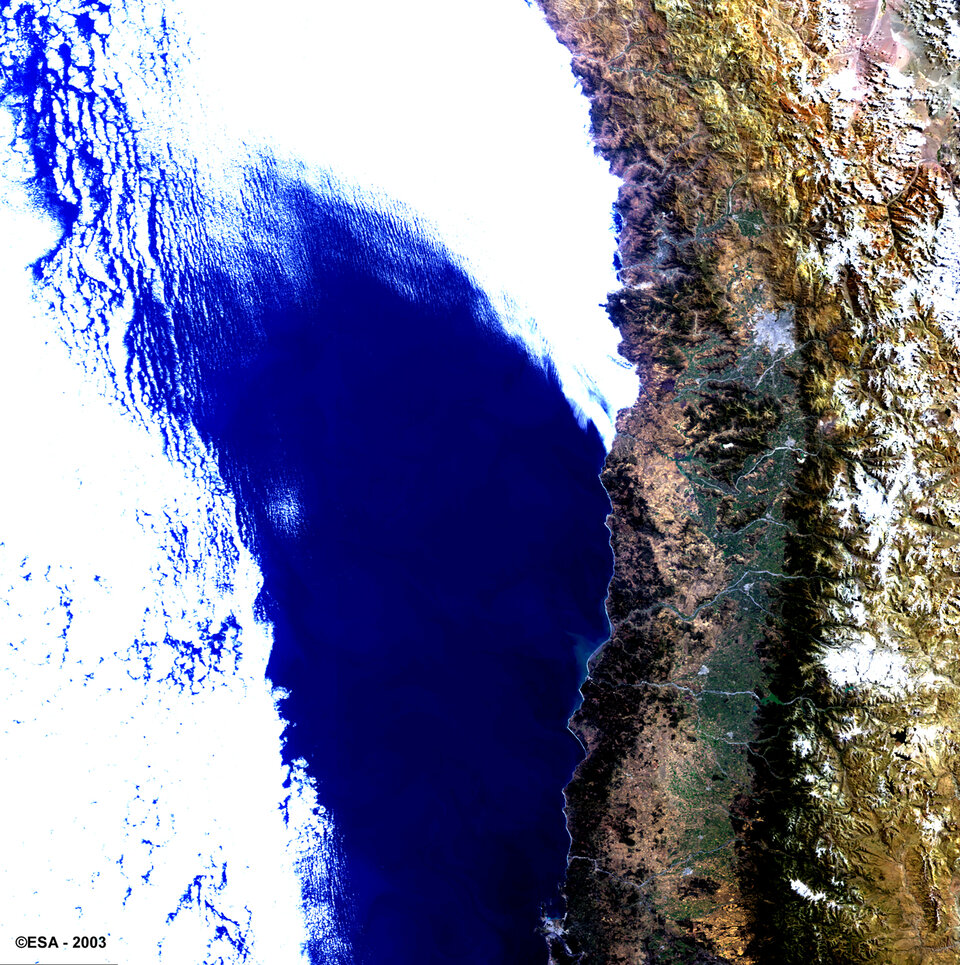World Summit on the Information Society
Nearly 11 000 people, representing multilateral, international and national organisations, business and media from 176 countries met in Geneva last week at the World Summit on the Information Society to discuss how the information revolution can benefit the world community.
In the 21st century a convergence of telecommunications, broadcasting, multimedia, and information and communication technologies are rapidly changing ways of conducting business, and opening up new markets and opportunities. As a result, the global information society is evolving so fast that it is difficult to keep track of all the new developments.
At the World Summit on the Information Society (WSIS)UN Secretary-General, Kofi Annan, reminded delegates that, “From trade to telemedicine, from education to environmental protection, we have in our hands, on our desktops and in the skies above, the ability to improve standards of living for millions upon millions of people. But an open, inclusive information society that benefits all people will not emerge without sustained commitment and investment.”
The WSIS, organised by the International Telecommunication Union and held under the patronage of the UN Secretary-General, will take place in two stages. Last week’s meeting addressed a broad range of themes concerning the Information Society and ended with the adoption of a Declaration of Principles and a plan of action to address the whole range of issues. A second summit will be held in Tunisia in November 2005 to assess progress and the need for any further action.
Preventing the ‘digital divide’

ESA was represented both at the Summit as well as the conference on the Role of Science in the Information Society (RSIS) immediately preceding it. In addressing the RSIS Conference, Josef Aschbacher, of ESA’s Earth Observation Programmes, spoke of the contribution that Europe’s satellites make to safeguarding our environment.
One example is the ESA/European Commission Global Monitoring for Environment and Security (GMES) initiative. This uses the continuous flow of reliable quantitative and qualitative information supplied by satellites to help improve the management of natural resources, mitigate the impact of disasters and facilitate the delivery of humanitarian aid.
ESA is aware of the danger of the ‘digital divide’ and tries to ensure that satellite data is available to all who need it. “GMES” reports Aschbacher, “is the major European contribution to coordinated global observation systems that will encompass observations from space, ground, air and the oceans. The aim is to make this data easily available to all, including those who are at a less advanced stage in the information revolution”.
Space and the information society

ESA used the opportunity of the Summit and the associated conferences to bring three of its many projects to the attention of participants.
The projects singled out on this occasion were:
- the International Charter of Space and Major Natural Disasters – an international charter involving six major space agencies, including ESA, that uses space data and facilities to help organise emergency assistance and/or reconstruction operations
- Envisat – Europe’s latest Earth observation satellite, that tracks and monitors the environment, including global climate change
World Cultural Heritage – ESA carries out a number of activities in support of the UN World Heritage Convention including monitoring national parks, wetlands and architectonic sites, and the habitats of species at risk of extinction such as gorillas.
An innovation offered by the Summit was the possibility of presenting these projects electronically through the electronic Science meets the Information Society forum. CERN, the organisers of the RSIS conference, also invited ESA to be present on their stand, thus giving ESA another opportunity to explain its role in the information society.
The Summit gave ESA a chance to make its work better known. More importantly, the Agency’s representatives took the opportunity to learn more about the way the information society is expected to develop to ensure that ESA remains at the forefront of this ongoing revolution and that the benefits of space technology are made available to all.
For more information please contact:
Jean-Charles Bigot
International Relations Dept.
jcbigot@esa.int




